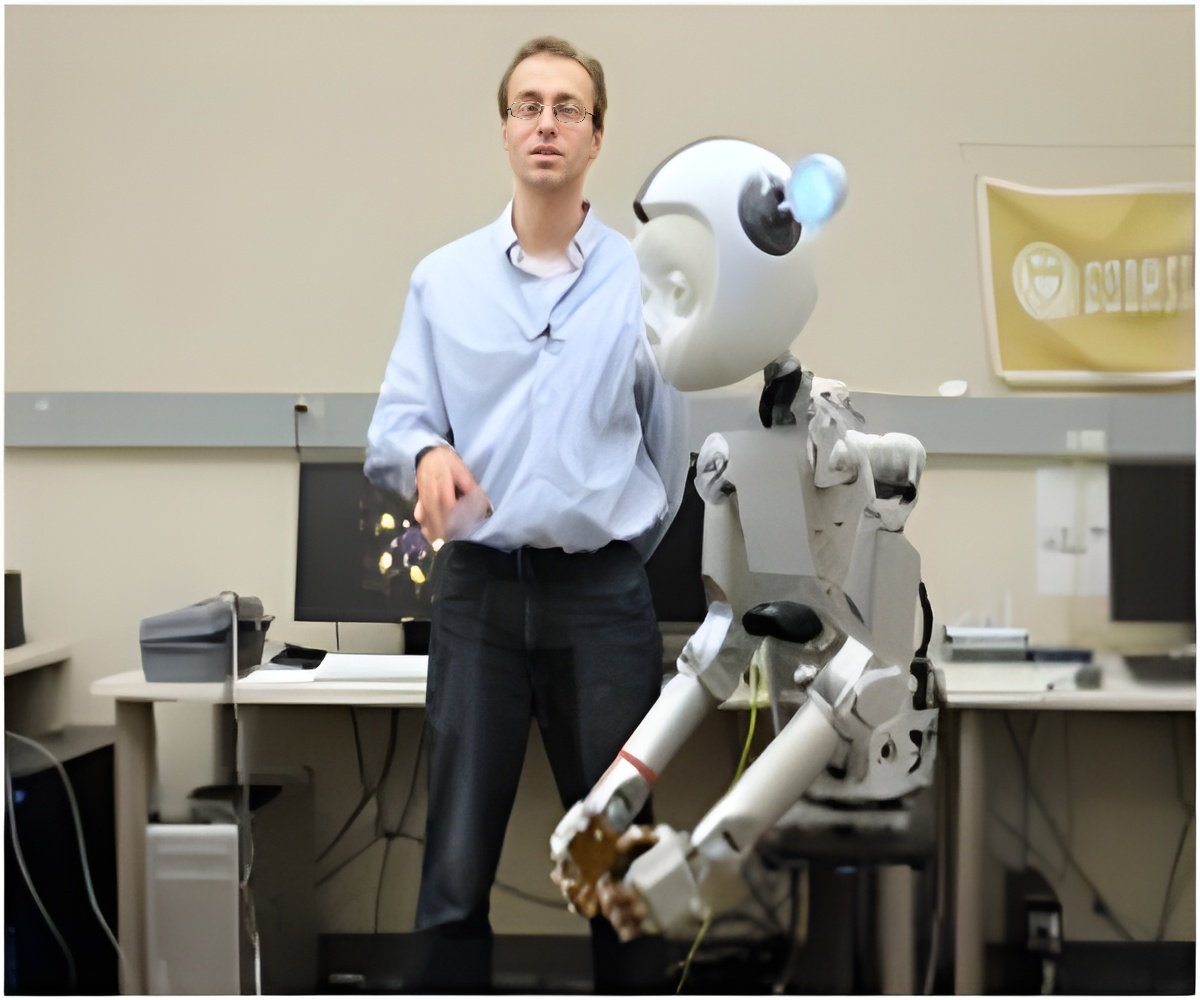
"The ability to do surveillance that takes into account the actual conditions of the environment brings a whole new level of automation and capability," Daniela Rus, co-director of MIT's Computer Science and Artificial Intelligence Laboratory Center for Robotics, said.
"We have come up with a solution that lets the robot do local reasoning to make decisions and adjust the path autonomously without having to come up to the surface to interact with humans," she said.
The scientists produced an algorithm that incorporates both the user's sensing priorities and environmental factors, such as ocean currents, into a computer model to help undersea robots conduct surveys and mapping missions more efficiently.
Tests proved the benefits of using the new algorithm. The scientists conducted two separate experiments using underwater robots called gliders, operated by oceanographers. They used two gliders, one with the algorithm and one without, to measure whether the experimental technology yielded better maps of algae blooms and other underwater phenomena in the Pacific Ocean.
"In areas where the oceanographers wanted more information, the persistent surveillance algorithm actually produces more detail," Gaurav S. Sukhatme, ANTIDOTE's principal investigator and director of USC's Robotic Embedded Systems Lab, said.
Advertisement
The algorithm helps the gliders decide when to spend more time looking at regions that have changes in activity or environmental factors.
Advertisement
Source-ANI









